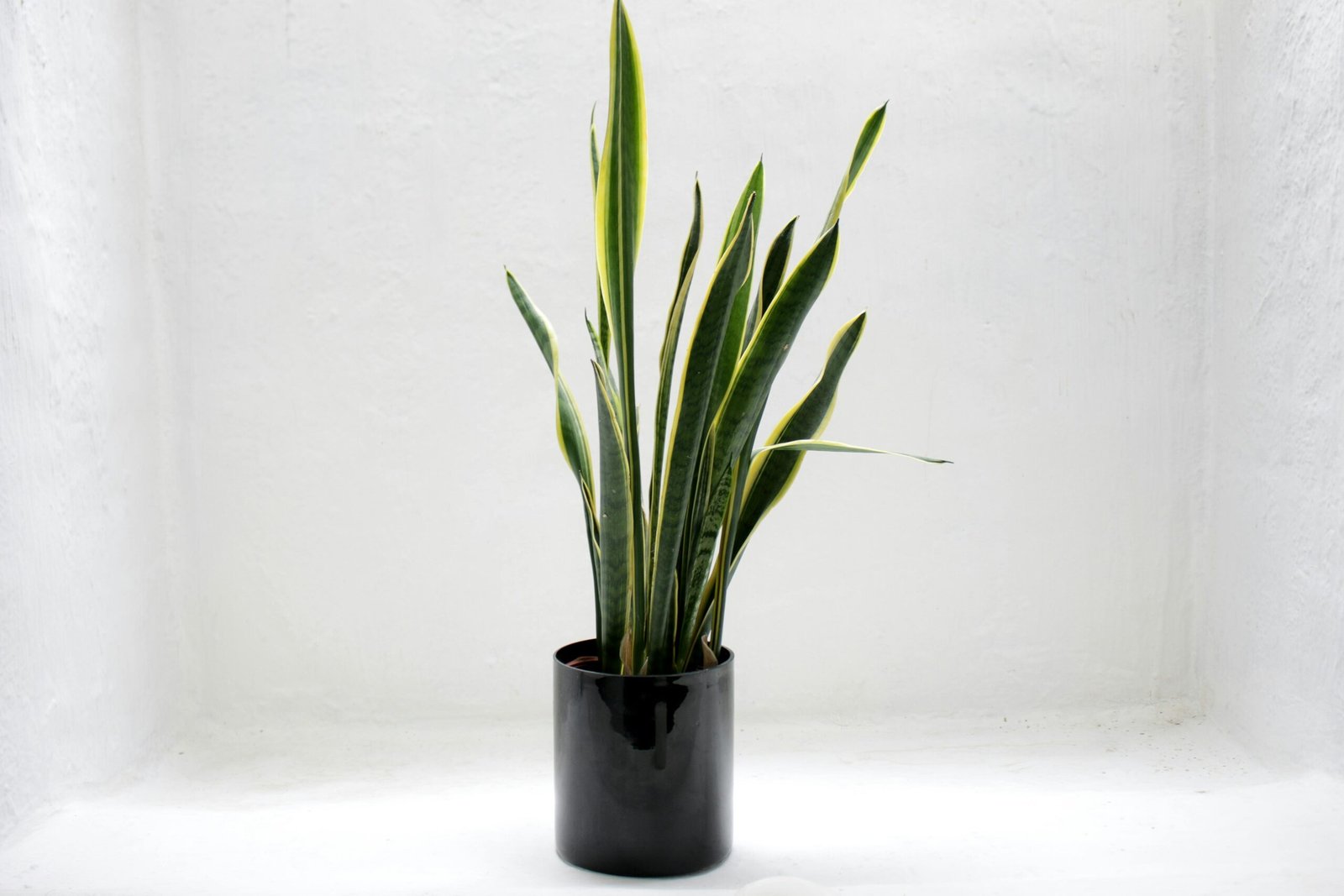Understanding the Snake Plant’s Watering Needs
The snake plant, scientifically known as Sansevieria, is a resilient houseplant that thrives in a variety of indoor environments. Native to West Africa, the plant is particularly adapted to survive in arid conditions, utilizing its succulent leaves to store water efficiently. This adaptation allows the snake plant to withstand prolonged periods of drought, significantly influencing its watering requirements when cultivated as a houseplant. Understanding these unique adaptations is crucial for providing appropriate care and maintaining the health of your snake plant.
The succulent nature of the snake plant’s leaves enables it to retain moisture for extended durations, allowing it to go several weeks between waterings. This characteristic not only contributes to the plant’s hardy disposition but also shapes the frequency with which it should be watered. In general, it is advisable to allow the top couple of inches of soil to dry out completely before introducing more water. This practice can prevent issues related to overwatering, which is a common mistake among indoor gardeners.
Identifying the balance in a snake plant’s watering routine is essential for its wellbeing. Underwatering can lead to the leaves becoming wrinkled and crispy, while overwatering may result in root rot, manifesting as yellowing and wilting leaves. Close attention to these signs can guide appropriate care. Additionally, environmental factors such as humidity, temperature, and light exposure can further influence watering frequency. Consequently, adjusting your watering schedule according to these variables is important for promoting the health and vitality of your snake plant, ensuring it flourishes in a domestic setting.
Factors Influencing Watering Frequency
Understanding the watering needs of a snake plant (Sansevieria) is essential for ensuring its health and longevity. Several crucial factors significantly influence how often this resilient plant requires watering. These factors include light exposure, temperature, humidity levels, soil type, and pot drainage, each playing a vital role in moisture retention.
Firstly, light exposure greatly affects a snake plant’s water requirements. When a snake plant is placed in bright, indirect light, it tends to grow more actively, leading to increased evaporation of moisture from the soil. In contrast, if the plant is situated in low-light conditions, it may require less frequent watering, as the growth rate slows considerably. Therefore, adjusting the watering schedule based on light conditions can lead to better plant health.
Temperature also plays a significant role in determining the watering frequency for a snake plant. Typically, these plants thrive in warmer environments, with an optimal range between 70°F and 90°F (21°C to 32°C). In cooler temperatures, particularly below 50°F (10°C), their growth becomes dormant, and water uptake decreases, necessitating less frequent watering.
Humidity levels are another critical consideration. Snake plants prefer a dry atmosphere, and high humidity can lead to waterlogged soil conditions, increasing the risk of root rot. Gardeners should monitor humidity and modify watering schedules accordingly, especially in regions with high moisture content.
Additionally, the soil type significantly influences watering frequency. Well-draining potting mixes are vital for snake plants, as they prevent water accumulation around the roots. Without proper drainage, even the most careful watering practices can result in overwatering. Lastly, the pot’s drainage capabilities directly impact moisture retention, dictating how quickly water dissipates from the soil.
Ideal Watering Schedule and Techniques
The snake plant, known for its resilient nature, requires a thoughtful watering schedule that varies with seasonal changes and environmental conditions. Generally, it is advisable to water your snake plant every two to six weeks, depending on the time of year. During the warmer months, particularly in spring and summer, soil may dry out faster, necessitating more frequent watering. Conversely, in the cooler months, such as fall and winter, the plant enters a period of dormancy, and soil moisture levels should be monitored closely to prevent overwatering.
A crucial practice in maintaining your snake plant’s health is to regularly check the soil moisture before watering. The best approach is to insert your finger about an inch into the soil. If it feels dry at that depth, it is time to water. However, if it remains moist, it is advisable to wait a few days before checking again. This careful attention to moisture levels will help to prevent root rot, a common issue caused by excessive water retention.
When watering your snake plant, it is recommended to use room temperature, filtered, or distilled water, as this can help to avoid shocking the plant. Pour the water directly onto the soil, ensuring that it seeps through the drainage holes at the bottom of the pot. Proper drainage is essential to snake plant care, as stagnant water can lead to root problems. It is advisable to utilize pots with drainage holes or to create a well-draining soil mix if your pot does not have drainage. By adhering to these practices and adjusting your watering schedule based on environmental factors, you can maintain an optimal watering routine that fosters a healthy and thriving snake plant.
Troubleshooting Common Watering Issues
Proper watering is crucial for maintaining the health of a snake plant; however, various watering-related issues may arise if not managed adequately. The symptoms of these problems often signal improper care, and addressing them is imperative to ensure the plant’s well-being.
One common issue is yellowing leaves, which can indicate overwatering. When left in soggy soil for prolonged periods, the roots may become waterlogged, leading to root rot. This condition prevents the plant from absorbing essential nutrients, manifesting as yellow leaves. To remedy this, check the soil moisture by inserting a finger up to an inch deep; if it feels wet, allow it to dry completely before the next watering session. If root rot is suspected, consider repotting the snake plant in fresh, dry soil and ensuring that the pot has proper drainage.
Another issue that may arise is mushy roots. This is often associated with excessive watering and can be devastating for the plant. Signs include wilting even when the soil is moist and a foul odor from the roots. In this case, immediate action is necessary: unpot the plant, trim away any dead or mushy roots with sterilized scissors, and repot it in dry soil. Ensure that the pot has drainage holes to prevent future occurrences.
Lastly, stunted growth can result from both overwatering and underwatering. If a snake plant is not receiving adequate moisture or is sitting in generally dry soil for extended periods, its growth will be affected. To promote healthy growth, develop a consistent watering schedule based on the plant’s needs: during warmer months, watering every two to three weeks is often adequate, while in cooler temperatures, a longer interval might be appropriate.
By understanding these common watering issues, their symptoms, and corresponding solutions, snake plant enthusiasts can ensure their houseplant thrives and remains a valuable addition to their indoor space.





